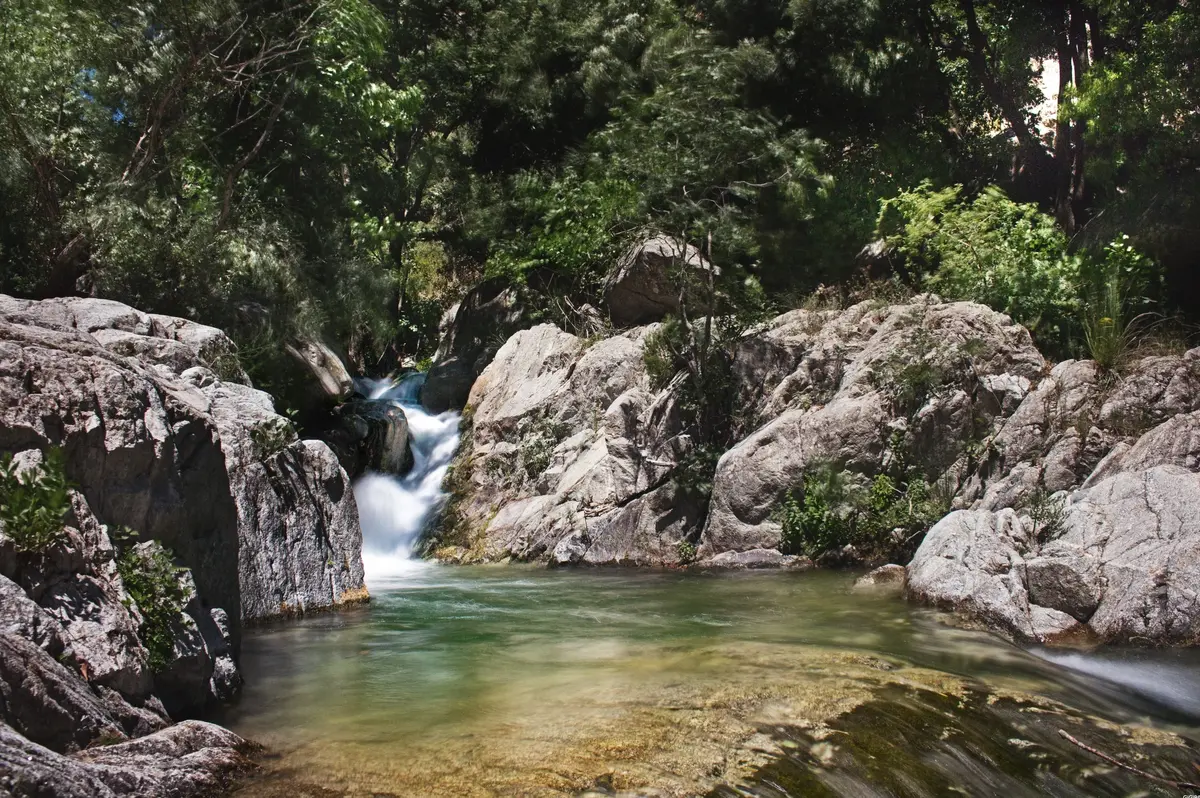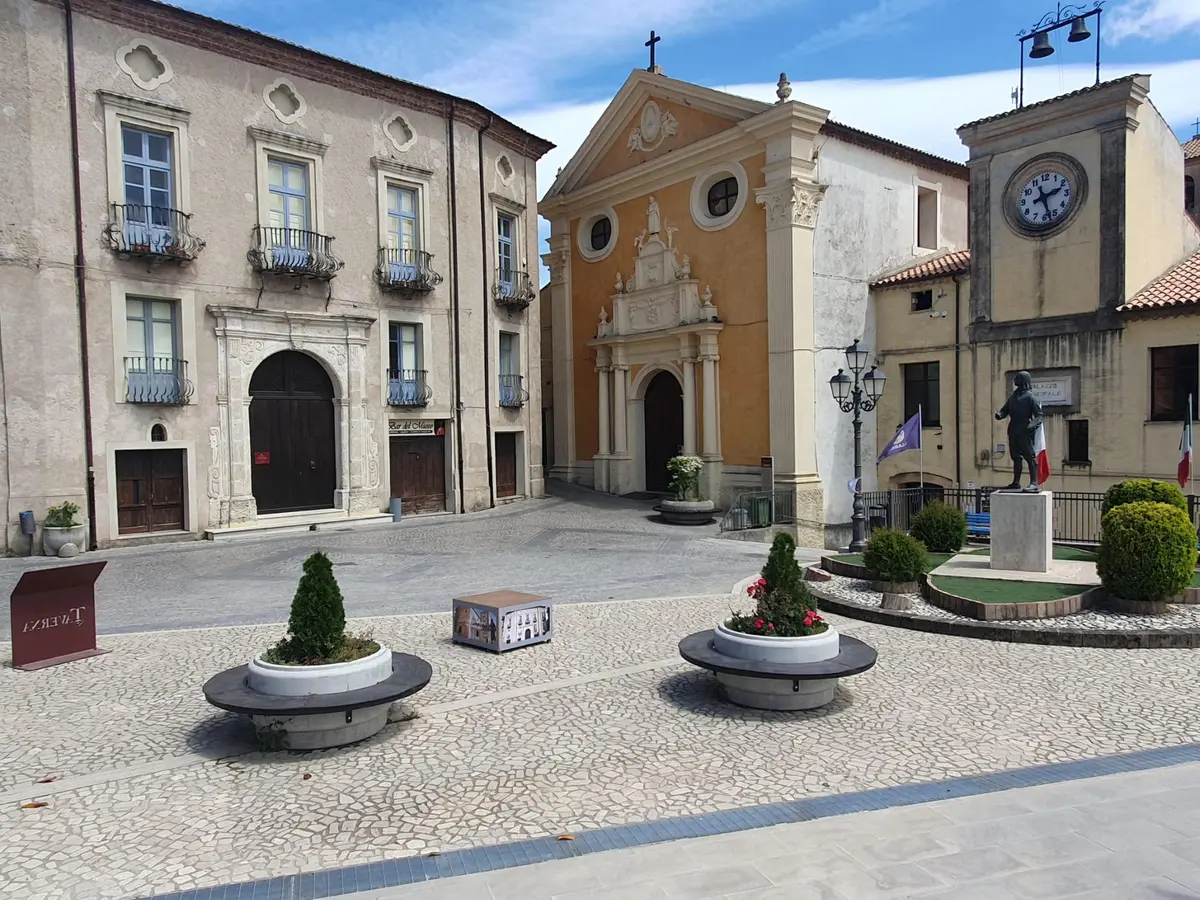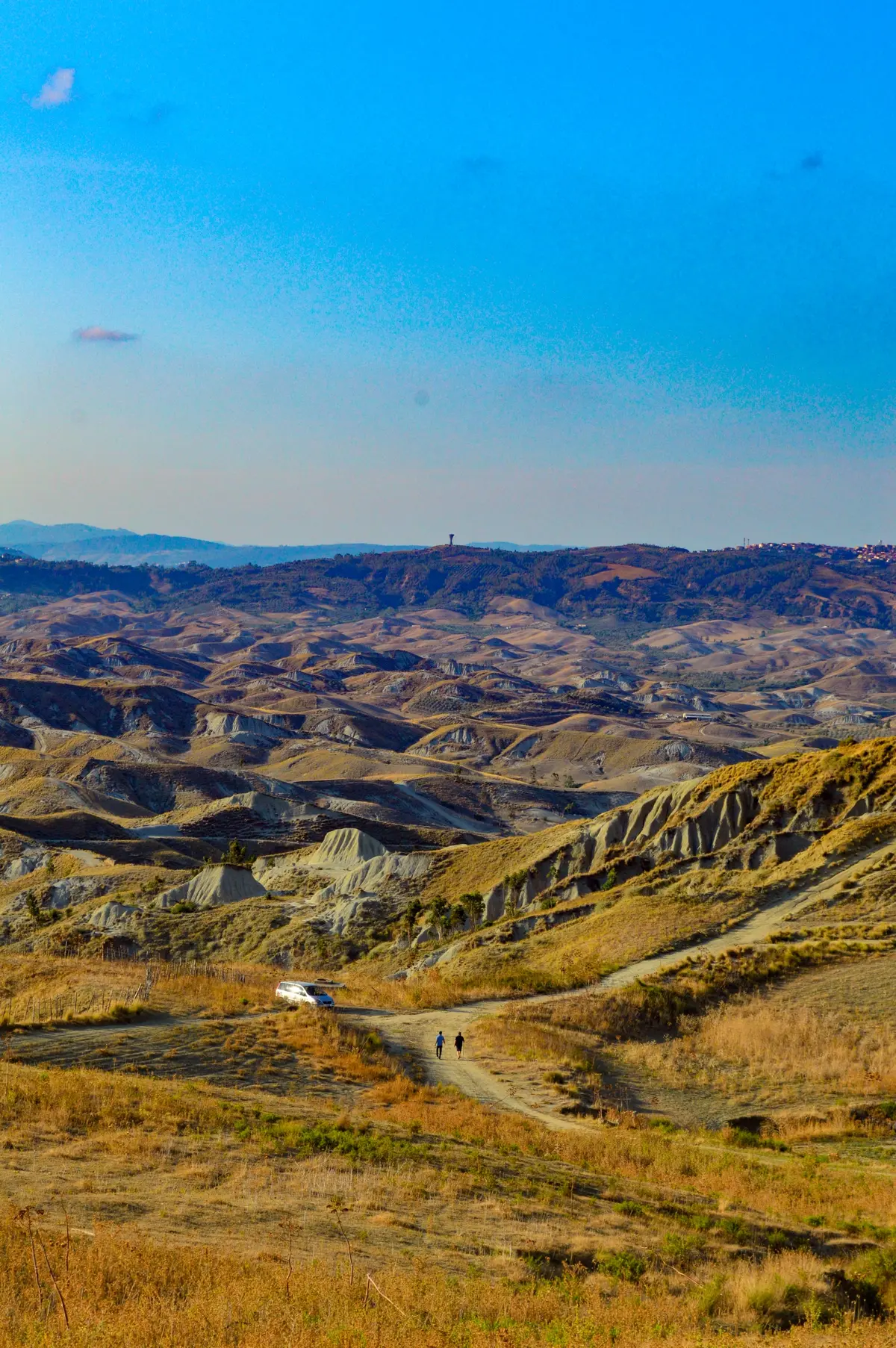Belcastro
The "Fairytale Village" and the town of Counts of Aquino

Historical centres
Regione Calabria
Always linked to the ancient family of the Counts of Aquino and the origins of St. Thomas, the municipality of Belcastro, in the province of Catanzaro, is now known as the "Fairytale Village".
A trip to the Catanzaro town of Belcastro, the "Fairytale Village", is enough to make adults and children alike feel like they are living a dream: strolling through the narrow streets is like leafing through the pages of an illustrated book, the work of street artist Matteo Lupia!
Not just fairy tales! Dominated by the ruins of the Castle of the Counts of Aquino, Belcastro tells its oldest fairy tale about the noble family from which St. Thomas descended: the Norman-style castle stands out on the rocky spur overlooking the town; from above, the statue of Saint Thomas Aquinas watches over the village and its inhabitants, reminding us that the saintly philosopher, one of the "Doctors of the Church", was the seventh son of Landolfo, lord of Belcastro.
The so-called Mastra Tower (11th-12th century) stands in defence of the other historic buildings: the Cathedral, Palazzo Poerio (or Cirillo), the Bishop's Palace and the numerous churches of the 17th and 18th centuries, such as those of SS. Annunziata, Pietà and the Chapel of S. Rocco.
Belcastro is located halfway between the sea and the mountains: the Sila Piccola (Sila National Park) and the Ionian coast overlooking the Gulf of Squillace, a unique position to enjoy the beauty of both landscapes in all seasons of the year.
Useful information
What to know about Belcastro
Where to Sleep
There are 3 available accommodations.
Places
There are 1 places to visit.
Travel Ideas
There are 1 travel ideas.
Infopoint Belcastro
Belcastro
No result









